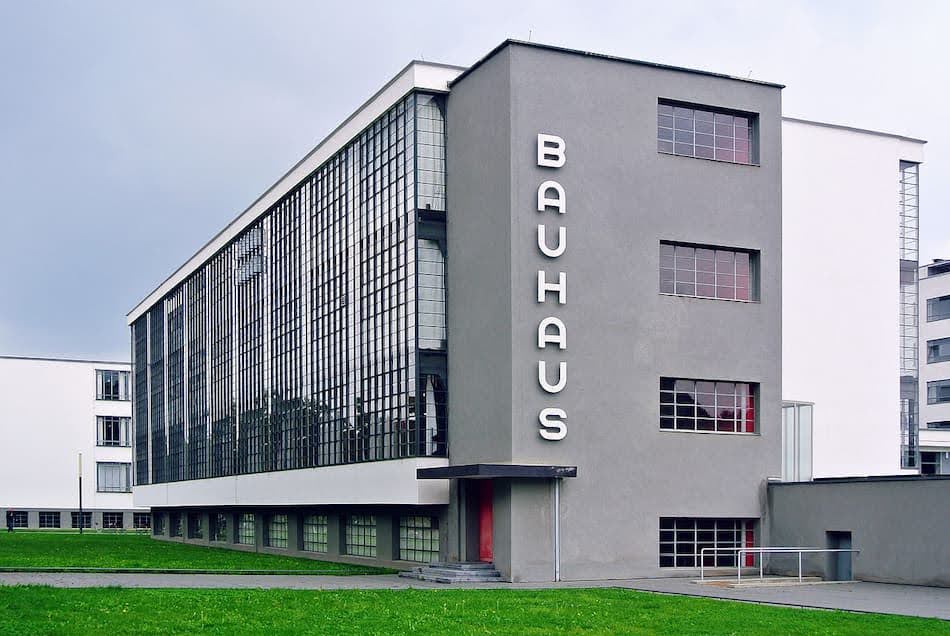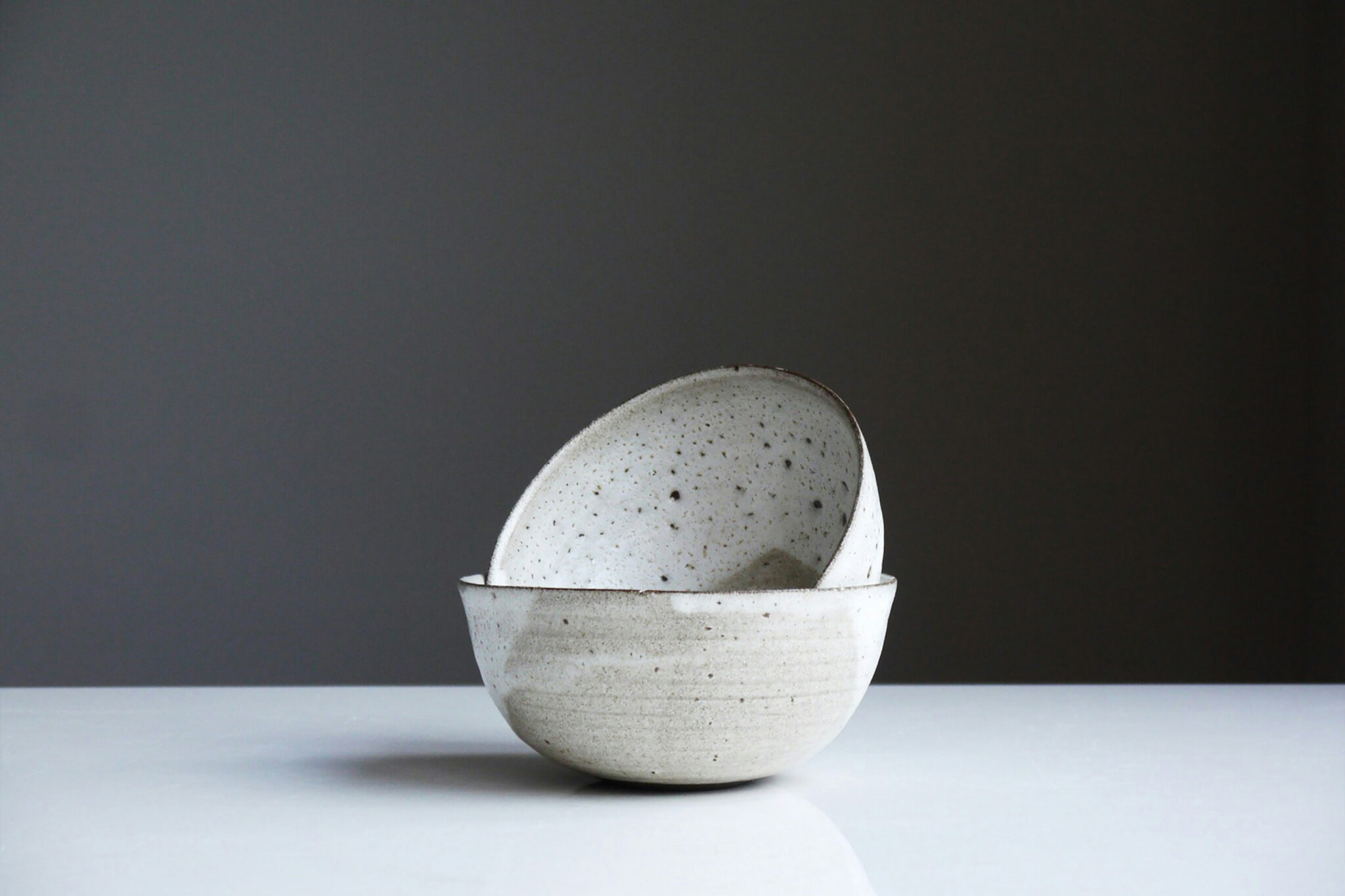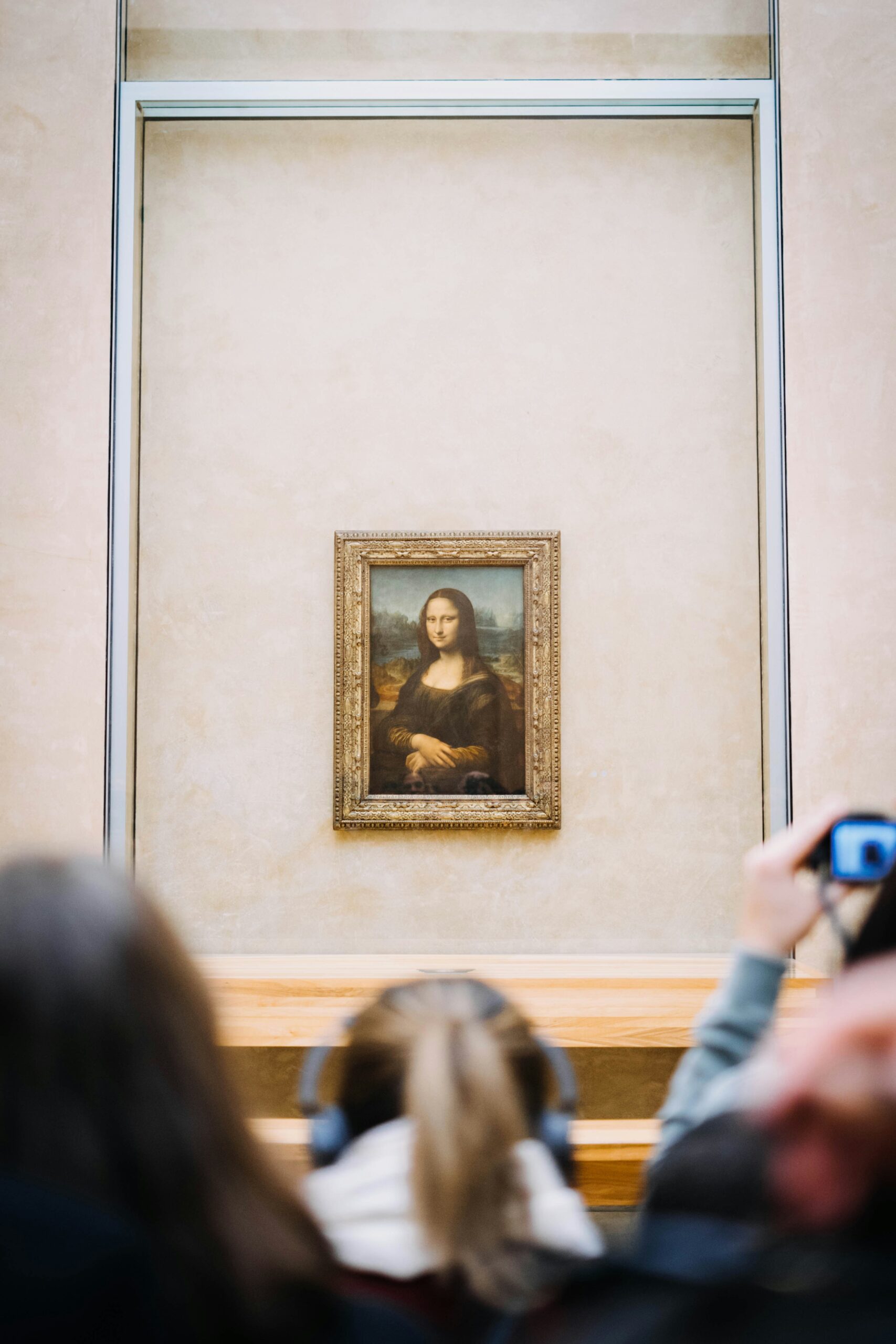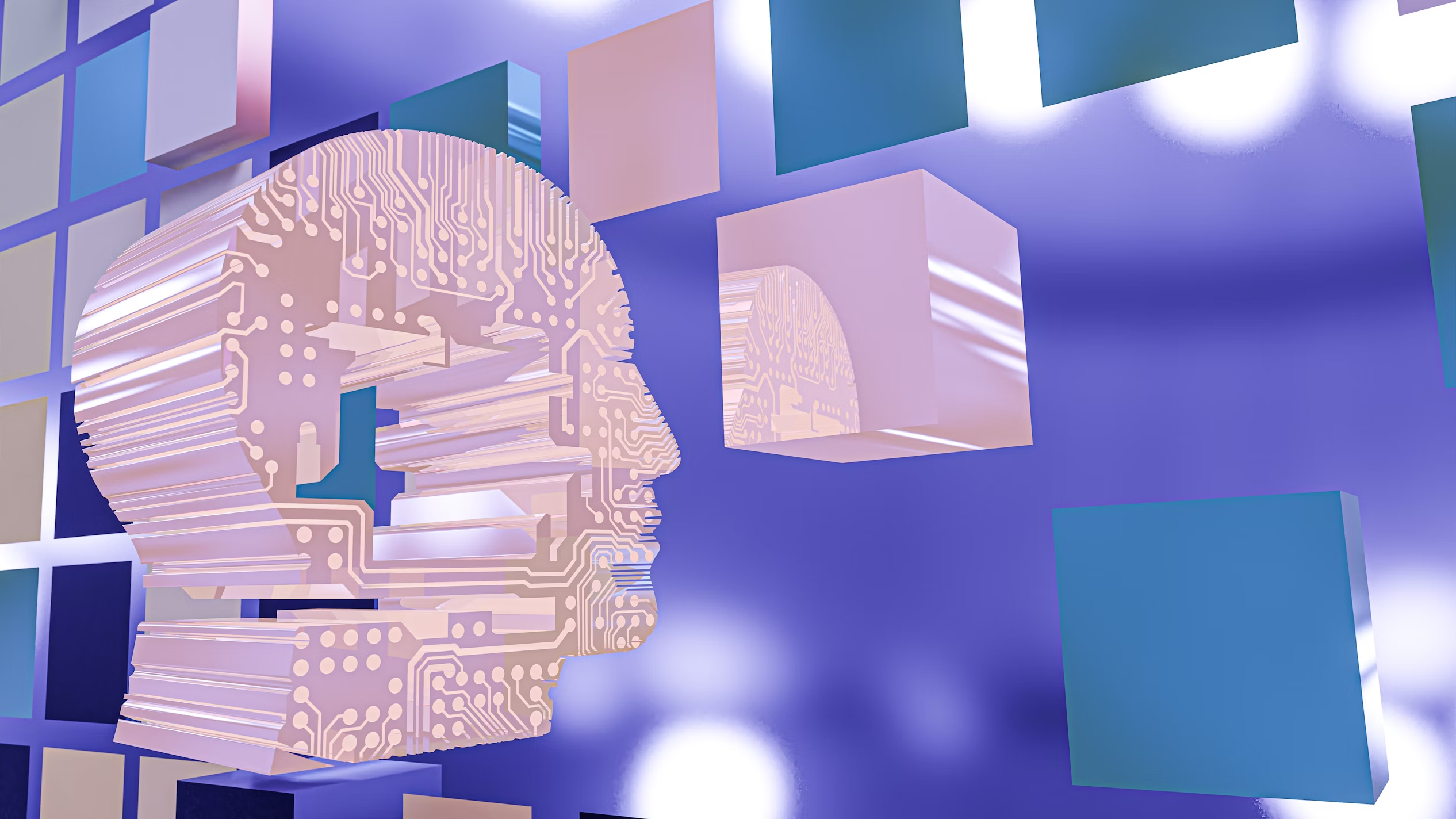This is the part 3 article of the series that delves into art history through a lens of the relationship of technology and art. In the previous article, we explored three key technological innovations – oil painting, tube paints and the camera, through iconic artworks that reflected their impacts. This time, we shift our focus to the further evolution of art from the 20th century to the present day. By the late 19th century, the Impressionists had already begun to break down traditional boundaries in art. The 20th century marked a period of significant expansion, where the relationship between art and technology grew stronger, influencing both the form and function of artistic expression.
Has Machines Outdone Art!?
Modern Times, a film full of biting warnings and sarcasm of humans being consumed by the very machines they created with original intentions of having machines serve humans. Written, directed and starring Charlie Chaplin, the film premiered in 1936. After World War I, the United States grew into a dominant industrial powerhouse, outpacing Europe in production and manufacturing output – industrial mechanization was well underway at a remarkable pace.

The rise of modern technology brought sweeping changes to society, and these shifts were soon reflected in the world of art. In Italy, the Futurists emerged, celebrating the speed and dynamism of the modern age shaped by mechanization. Meanwhile, in Germany, the Bauhaus school was founded, promoting and educating a new union of art and technology. The influence the Bauhaus school brings on design and architecture continues to shape the modern aesthetic to this day.

The Futurist movement rejected traditional art and societal norms, instead embracing the modern industrial age surrounded by machines. They celebrated the speed, power and energy as the true spirit of a new era and made these compositions central to their artistic expression.

The Bauhaus was a groundbreaking art and design movement that began in Weimar, Germany during the period from 1919 to 1933. It laid the very foundations of what we now call “modern”. Today, with the emergence of GenAI in the creative field, we find ourselves once again questioning the fundamental questions: What does it mean to ‘create’? What defines originality or aesthetic value in an age where machines are capable of producing art-like works by mimicking both? A century ago, artists faced similar challenges, as rapid advancement in technology began to reshape the core natures of art.
In late 1912, painter Marcel Duchamp, who visited an aviation exhibition, asked sculptor Constantin Brâncuși:
“Painting is over. Who can make something greater than this propeller?”
– The Complete Works of Marcel Duchamp, Chikuma Shobo.
The Beginning and Present of Contemporary Art
The striking lyrics “Pissing on Marcel Duchamp’s Fountain” were penned by one of Japan’s most iconic rappers, KOHH (Yuki Chiba).
Marcel Duchamp, known as the father of contemporary art, challenged conventional notions of aesthetics with one of his most iconic works ‘Fountain’. ‘Fountain’ sung by KOHH refers to this artwork. By presenting a urinal, an everyday object, as art, Duchamp shifted the focus from aesthetic beauty of an artwork to the question, “What truly defines ‘art’?”

This shift led to the belief that “anything goes” in art. Even something like a urinal could be deemed art in the contemporary world, emphasizing that art knows boundaries and the traditional idea of beauty is now challenged. And, since it’s ‘contemporary’, these artworks are inherently linked to the present times – and often look to the future. Technology, of course, plays a significant role in this shift. Many artists began utilizing new tools like video, sound systems, computers and the internet to create their work.
One example is Pop Art, which explored the themes of mass production and consumerism. Artists like Andy Warhol, who used industrial products as inspiration, became major figures, shaping a movement that resonated with counterculture of the 50s and 60s.This movement and its influence spread worldwide, leaving an indelible mark on global art and culture for years to come.
Many music enthusiasts would be familiar with the famous album cover for the Velvet Underground – another famous creation of Warhol.
As the 1980s rolled around, artworks began to explore the theme of replication. This led to another movement called simulationism, which critiques and redefines the era flooded with originals and copies. Cindy Sherman, for instance, created self-portraits by staging cinematic scenes, while Jenny Holzer became famous for using public media like electronic billboards, posters and phone booth flyers to present her art.

The 1980s and 90s saw the emergence of media art, building on earlier movements like computer art from the 1950s and 60s and video art which bloomed in the 1970s. This new form of art was deeply rooted in digital technology. Toshio Iwai, who is known as the pioneer of media art in Japan and often called the ‘father of Japanese media art’ was famous for combining analog and digital elements in his work. He also gained popularity and wide recognition for designing the computer graphics system and characters for the popular children’s TV show Ugo Ugo Lhuga.
In the international art scene, Dutch artist, Rafaël Rozendaal drew attention by showcasing his works directly on this website, turning the internet itself into a canvas. Both Rozendaal and Iwai remain active today, continuing to lead in the field of media art. It is fascinating to see how everyday platforms like TV and the internet have become vibrant stages for artistic expression.
In Japan, we are seeing more and more places where people can experience media art. The NTT InterCommunication Center (ICC) opened in 1997 in Hatsudai, Tokyo as the country’s largest museum dedicated to media art. In 2003, the Yamaguchi Center for Arts and Media (YCAM) opened. Both facilities continue to host a wide range of unique and engaging exhibitions to embrace media technologies as a core element of contemporary creativity.

In recent years, media art has taken a more immersive turn with the introduction of interactive art, allowing the audience not only to see or observe the artwork but also to participate in the creation or the expression.

photo: Muryo Homma(Rhizomatiks):from PR Times
Technology continues to and will forever influence the world of art by sometimes challenging artists or opening up broader and more creative ways to express themselves.
From GenAI-generated art to VR/AR experiences and 3D printing, new technological tools are further shaping how media art, contemporary art and design evolve. It is becoming ever-interesting to glimpse the unfolding future of art by tracing the relationship between art and technology.







